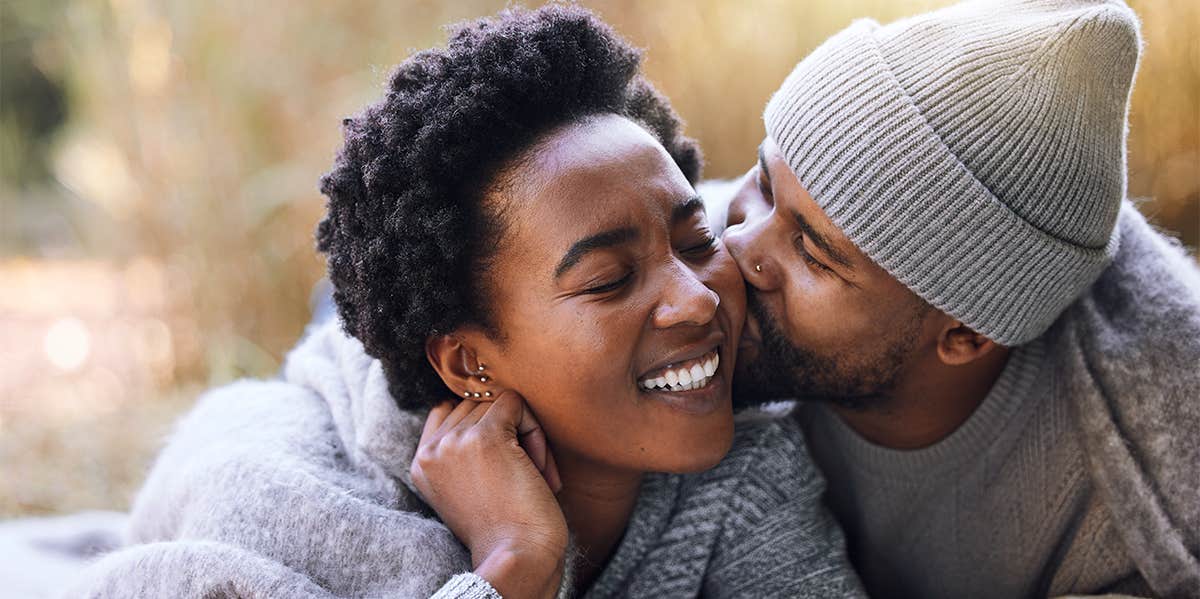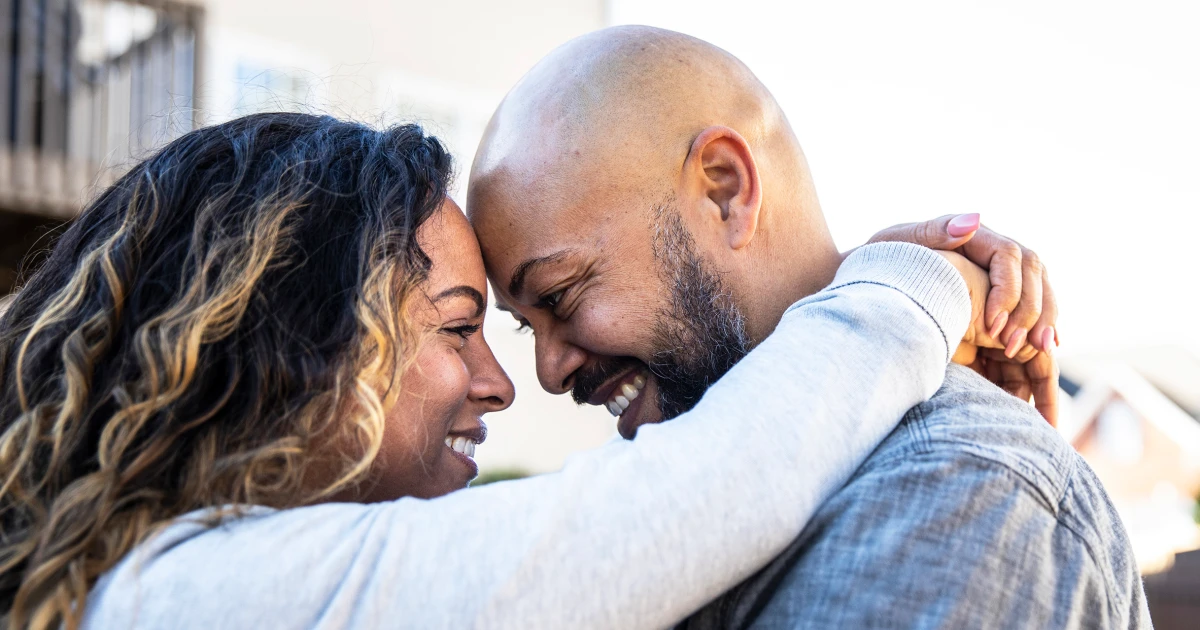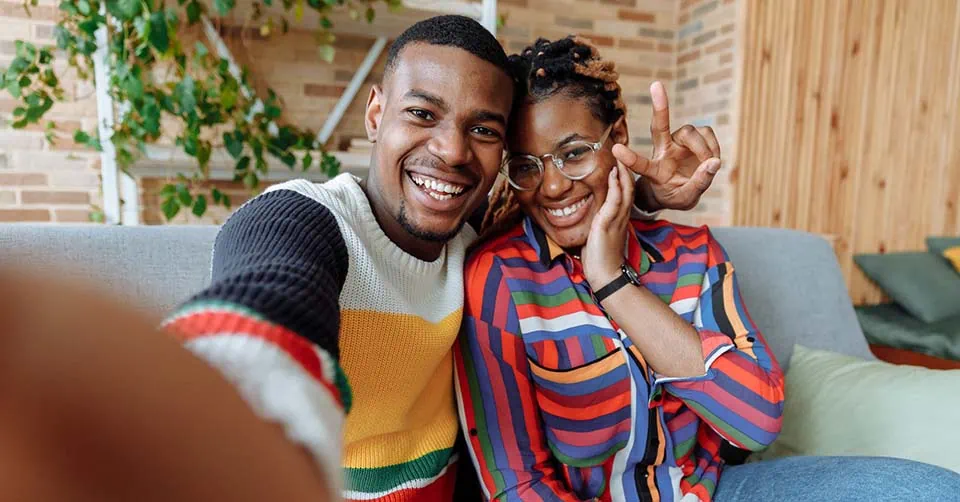1. Extremely Beautiful Women and Handsome Men
Imagine being undeniably beautiful. People turn their heads, compliments flow freely, and you constantly garner attention. Sounds like a dream, right? Not entirely. While beauty can open doors, it can also make it difficult to find someone who sees beyond the physical.
Many admirers might be drawn solely to your appearance, making it a challenge to find someone who truly appreciates your intelligence, humour, and inner spark. Dates might feel superficial, conversations one-sided, and the constant focus on looks can be exhausting.
The quest for love becomes a search for someone who can see through the beautiful exterior and connect with the person you truly are.
2. The Wealthy Fellows
Financial security and a luxurious lifestyle are undeniable advantages. However, for wealthy individuals, the abundance of attention can be a double-edged sword. Distinguishing between genuine affection and someone attracted to your wealth can be a daunting task.
Dates might feel transactional, conversations focused on extravagant experiences, and the fear of being used for your money can be a constant undercurrent.
Finding someone who appreciates your work ethic, values, and dreams, rather than just your bank account balance, becomes a priority. The saying “more money, more problems” takes on a whole new meaning when it comes to navigating the complexities of love.
3. Women with Heavy Backside
In many cultures, a curvy figure is considered incredibly attractive. For these women, the initial attention might be flattering. However, the challenge lies in finding someone who values them for more than just their physical features.
They might have to navigate a sea of admirers with questionable intentions, making it difficult to find a partner who appreciates their personality, intellect, and strength.
Dating can become an exercise in weeding out those who objectify them and finding someone who sees them as a whole person, worthy of respect and genuine connection.
4. The Famous Faces
Being a celebrity comes with undeniable perks – recognition, adoration, and a seemingly endless social circle. However, when it comes to love, fame can be a major roadblock. Building genuine connections can be difficult when everyone seems interested in the celebrity persona rather than the person behind it.
Finding someone who appreciates you for your personality, talents, and vulnerabilities, rather than just your fame, becomes an ongoing pursuit. The life of a celebrity might be glamorous, but it can also be surprisingly lonely when the true connection feels elusive.

5. Those in Positions of Power
People in positions of power, whether in politics or business, often exude confidence and authority. However, this power dynamic can create challenges in forming genuine romantic connections.
The inherent imbalance can make it difficult to trust someone’s intentions. Are they drawn to your accomplishments, influence, or the person you truly are? The constant questioning can lead to suspicion and a fear of being used for personal gain.
Finding someone who respects you as an individual, is separate from your position, and is comfortable enough to be around you becomes paramount. Love, in this case, requires a vulnerability and openness that the power dynamic might initially hinder.










































